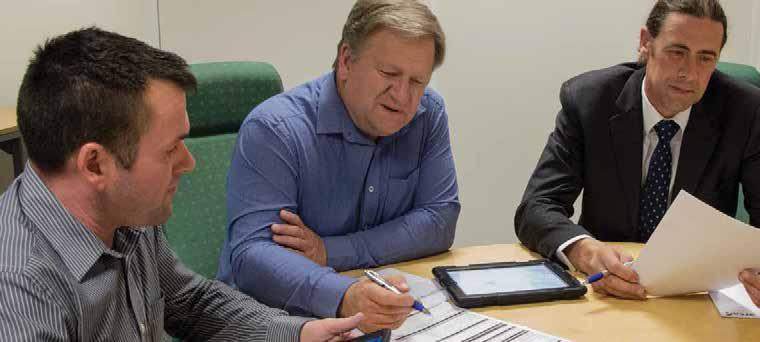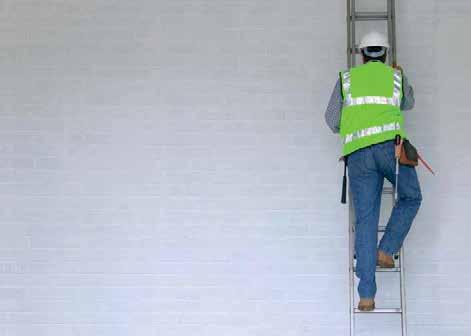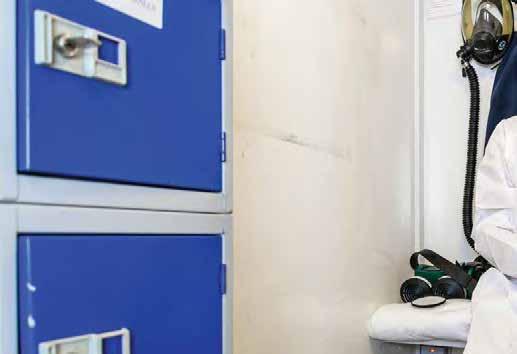audits
Every Audit tells a Story Every audit that is undertaken should be done to provide information about performance. If it is not going to tell us anything, we should question why it is even being done. Whether an audit identifies numerous non-conformances, or ideally none at
T
he most common approach to health and safety management is the ‘Plan, Do, Check, Act’ approach. This is favoured by the Health and Safety Executive (see publication HSG65, Managing for Health and Safety), and forms a core principle of the ISO standards 9001 (quality management systems) and 45001 (occupational health and safety management systems). This approach also forms the basis of licence renewal assessment by the Asbestos Licensing Unit. A site audit should evaluate how thoroughly a job has been planned (‘Plan’), that the control measures detailed in the plan have been implemented on site (‘Do’), and the inspections, measurements and other checks made to demonstrate the effectiveness of those control measures throughout the job (‘Check’). The ‘Check’ stage includes the frequent inspections and measurements made by the site supervisor, air testing by the appointed analyst, and site audits whether conducted ‘in-house’ (an internal audit) or externally by an independent organisation such as ARCA. The value of the information obtained from audits is dependent on a number of factors, including: w the relevance of the ‘question set’ w the competence of the auditor w the reliability of the information generated w the consistency of approach w the extent to which the findings are acted on
all, it should still tell us the things we need to know.
12
arca & atac news · winter 2020
The Relevance of the ‘Question Set’ The Plan of Work should be a practical and useful document, compiled prior to the 14-day notification period for the work, describing a safe working method for staff to follow. It should include details of the work, and the appropriate actions to control risk and prevent













